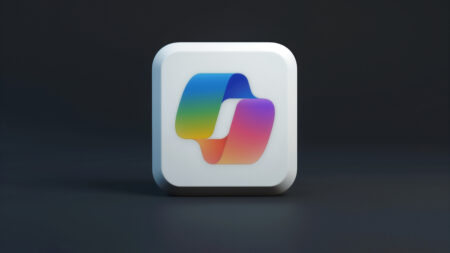The growth of edge computing isn’t much of a shock for anyone keeping up with computing architectures over the past forty years.
While the concept of edge computing architecture has been around for many years, it only recently became more well-known due to the limitations created by the use of the internet of things (IoT) and the hyper-scale cloud.
What Is Edge Computing? Edge Computing Definition
Edge computing makes it possible to place information, content, and processing closer to users and applications that interact with it. Edge computing optimizes workload and capability placement by balancing a variety of items, such as bandwidth, latency, and security. Edge computing is found in many different areas, whether it’s home thermostats or hyper-scale data centers.
Remaining competitive in the digital business era isn’t always easy, especially in a post-pandemic environment. However, edge computing makes it more simple to gain information for customer retention and insight. Digital companies rely on the convergence of the digital and physical to create new business opportunities, as this is made possible with edge computing.
Further increasing the need for edge computing is the enormous amount of data being created outside of data centers. Some estimates show that over half of business information will be created out of the core within two to three years. However, not all of this information will need to be delivered to the center. Businesses are using the edge model to generate value from data at the edge, which is a fulfillment of the promises for digital business.
Edge computing makes it possible to expand the capabilities and reach of information technology. This innovative system is designed to fulfill the internet of things and cloud computing to create many new solutions.
Here are the six key elements of edge computing that leaders need to implement for future cloud computing plans as critical infrastructure for new applications.
Edge Computing Architecture
The distinct set of conditions on the edge will create even more storage platforms for edge computing. These software vendors, companies, and system integrations will look to create solutions free from the cloud while also expressing interest in using open-source tech and common structures to increase development and prevent vendor lock-in.
Edge computing will help create a significant shift in app development and distribution architectures for ISVs in industrial and retail areas. Initial attempts may bring together existing apps and assets on the edge, but apps based on microservices and adaptable deployment locations will further boost the next wave for edge computing in the workplace.
IT Security on the Edge
Security is often cited as the main concern whenever companies start to examine the use of edge computing. However, the use of a Secure Access Service Edge (SASE) and zero-trust models will help minimize such matters in the near future. Edge solutions will also gain a substantial boost in security and manageability from SaaS-based platforms and network-based platforms.
Interest in 5G Continues to Grow
The ever-increasing use of 5G technology will provide less latency while also connecting to an expanding amount of edge devices. The use of 5G and other types of tech will allow edge computing to continue to develop while also serving a greater number of users. The 5G market is expected to continue to grow and mature within the next few years.
Edge Computing vs. Cloud Computing
Cloud and edge computing are complementing instead of being mutually exclusive or competing against each other. However, these two different perspectives will create distinct architectural plans, whether it’s between cloud-out or edge-in.
The advantages of cloud computing are many, such as allowing employees to work in real-time from different locations while also making it easy to create data backups. Many businesses can also choose from a variety of cloud services to best meet their needs.
Edge-in cloud architecture uses servers, gateways, and apps that are individually created from the hyper-scale cloud and analytics. The increase in edge-in architecture on the cloud will result from the need to push cloud services to the outer edge and use them in various ways.
Video Analytics
Edge video analytics uses detailed reports for event recognition, and object detection, whether it’s executed within an edge-computing method or a camera. These edge video reports also have the capability to operate network programs with the help of this innovative technology.
The use of edge video analytics will be widely deployed as the key infrastructure for edge applications, whether it’s a visual inspection or video monitoring. This technology will further expand the advantages of sensor monitoring to detect unusual patterns while also including the inclusion of legacy devices into edge computing or the internet of things.
Edge as a Service (EaaS)
Edge as a Service (EaaS) describes a model in which edge applications or the edge platform is offered from a provider, as the client needs minimal to no infrastructure.
One of the biggest obstacles to using edge computing in the past year was the lack of operational standards and pre-built infrastructure, which put pressure on businesses to include operations from evolving models and technology stacks. EaaS was created to combat this problem by focusing on creating a delivery model for edge computing that’s available with a cloud service, communication provider, or system integration. This infrastructure makes it possible to deliver apps on the edge while also protecting clients from the ever-changing market.
Edge computing is now transitioning from focusing on the internet of things to a much broader complement for a more central hyper-scale cloud. The use of edge computing is here to stay despite its relatively new market and architecture. Transitioning edge into a competitive differentiator with better customer information, and production is a long-term strategy for businesses. Always staying up to date with these emerging technologies can play a key role in helping companies become even more successful.






